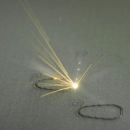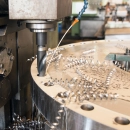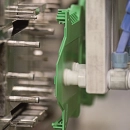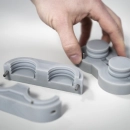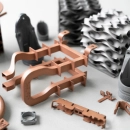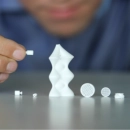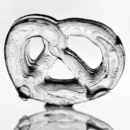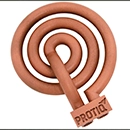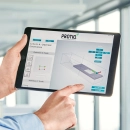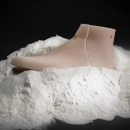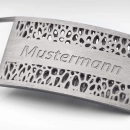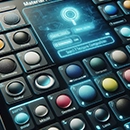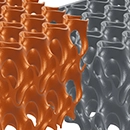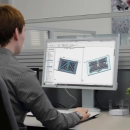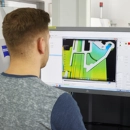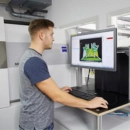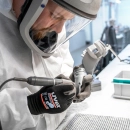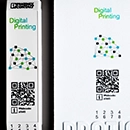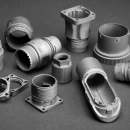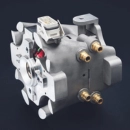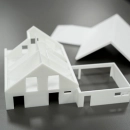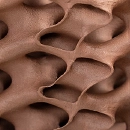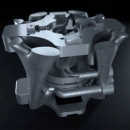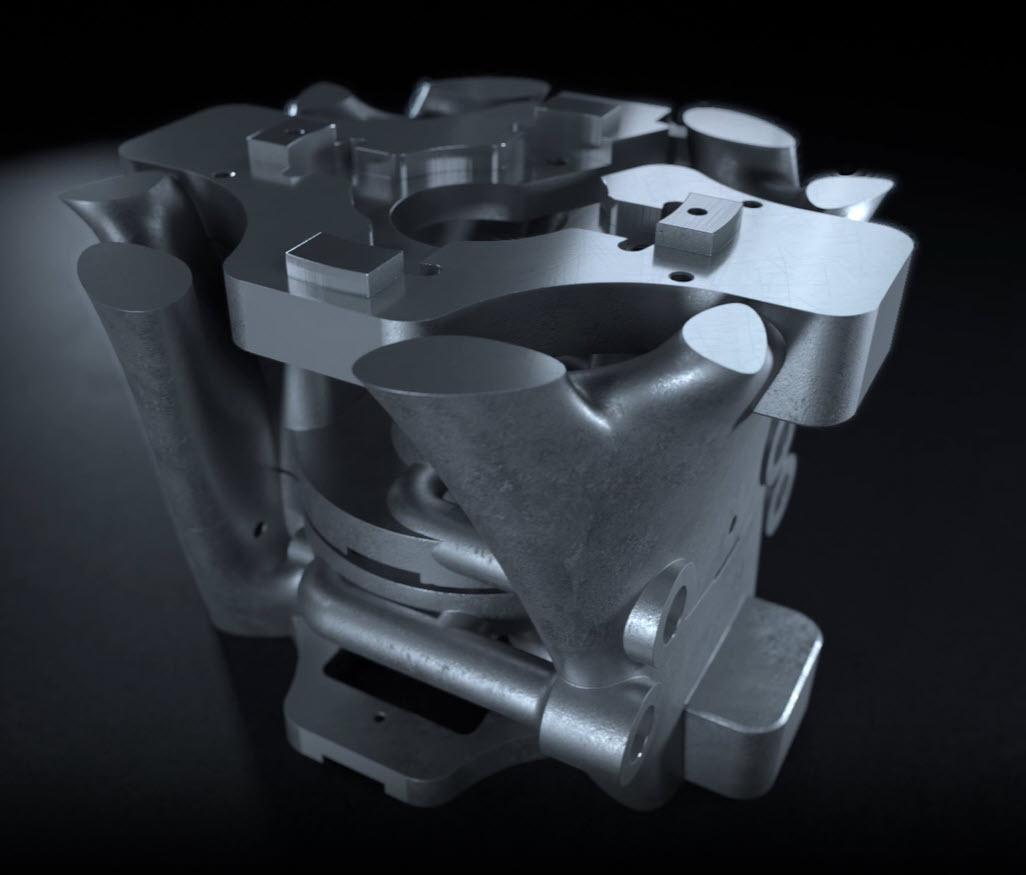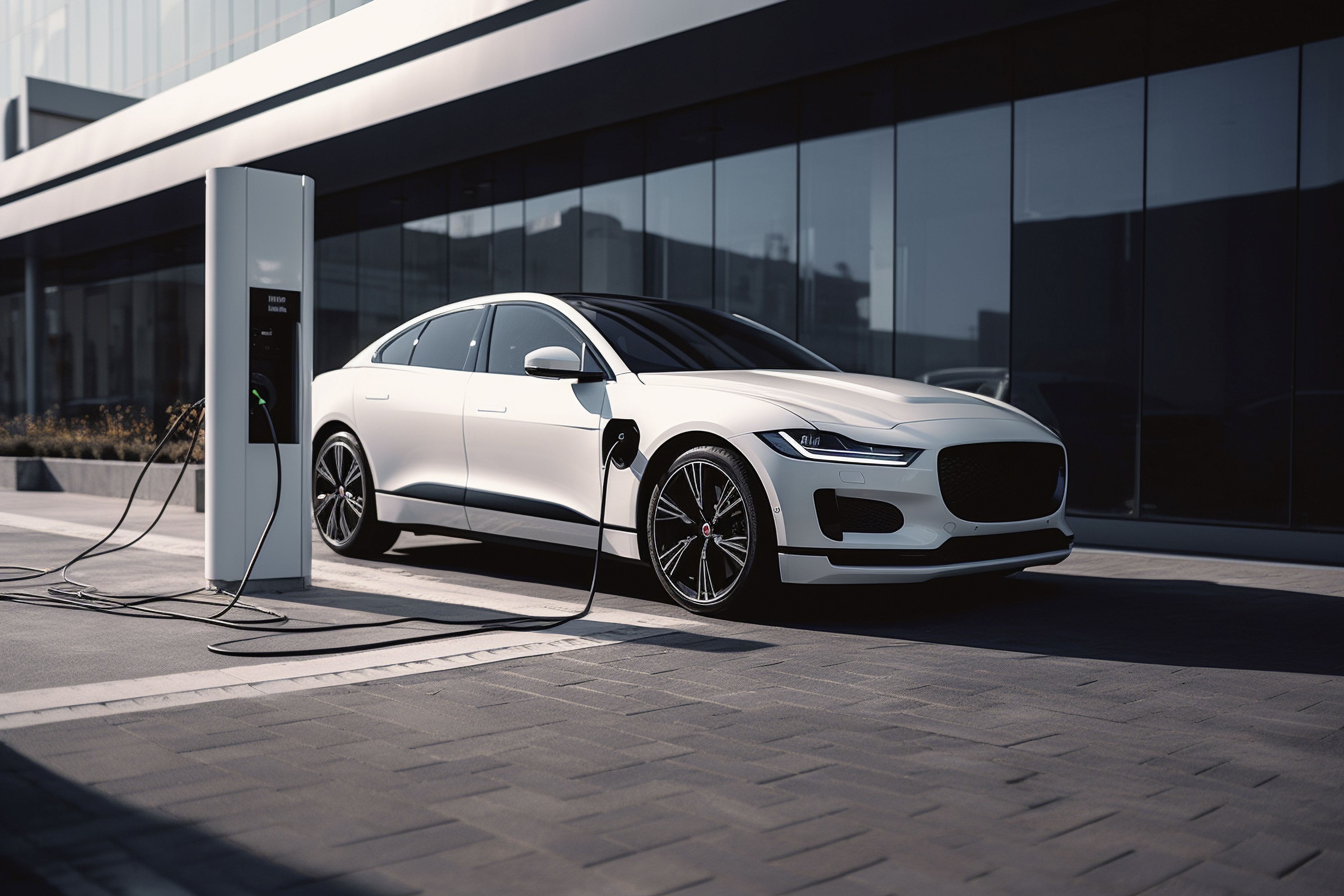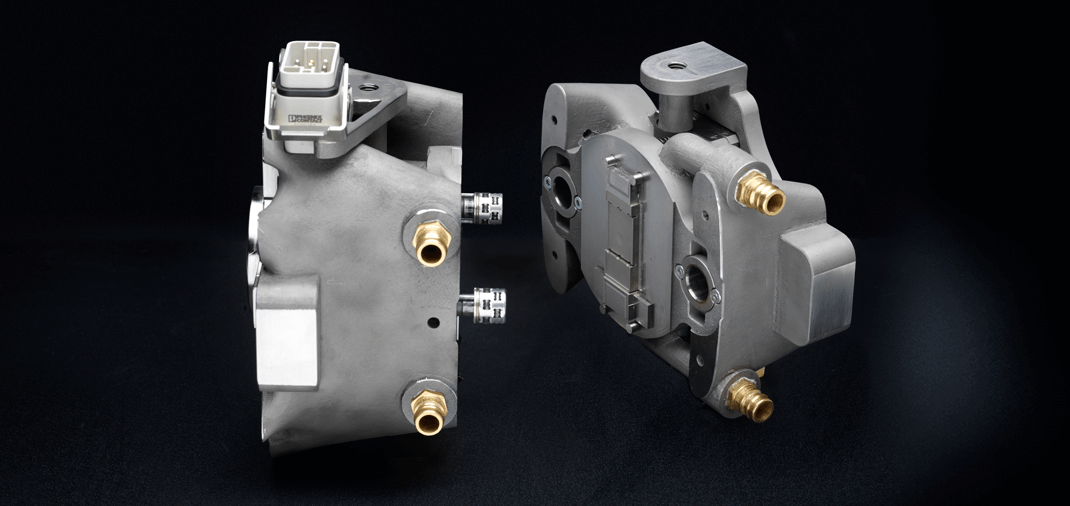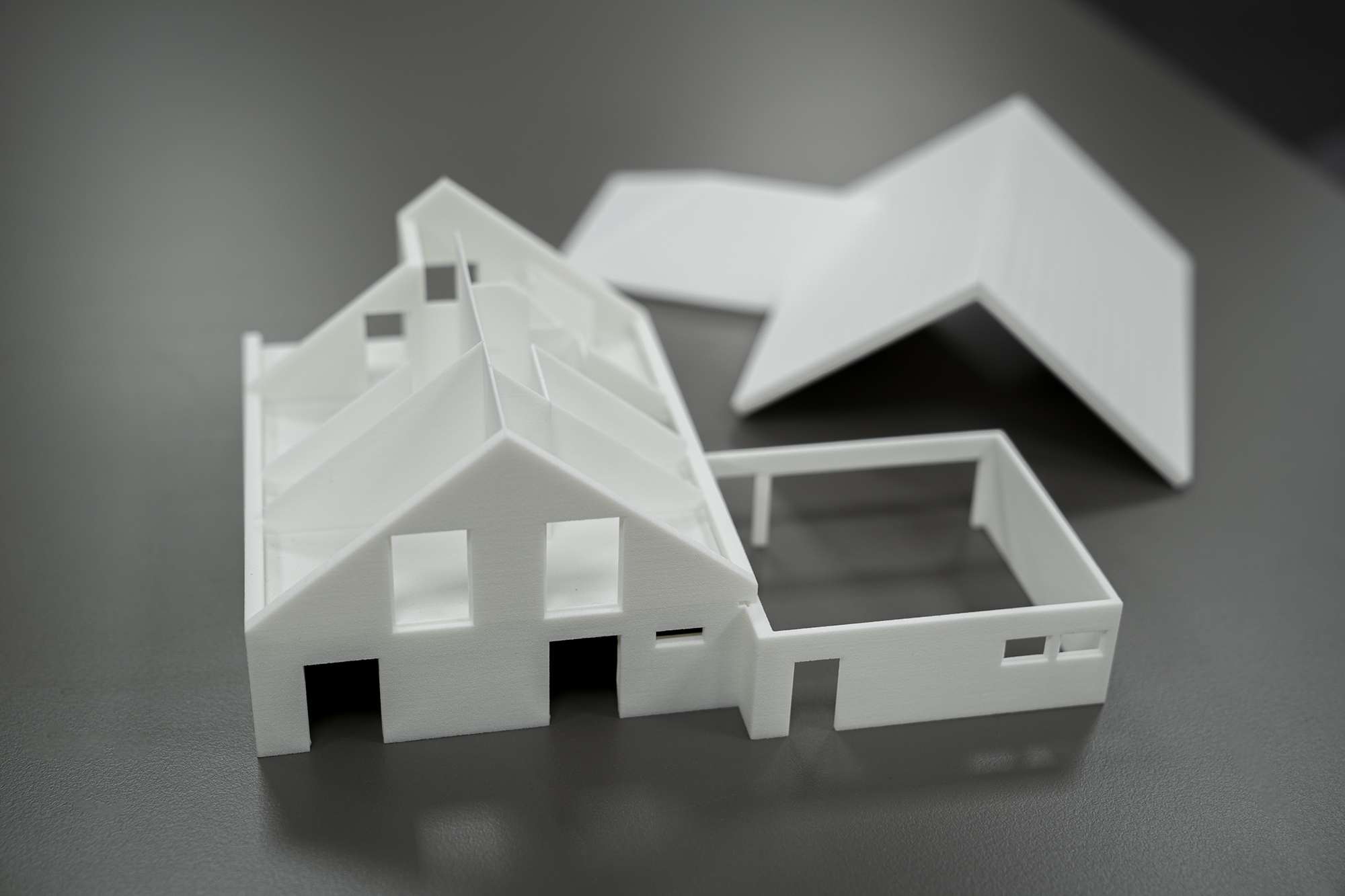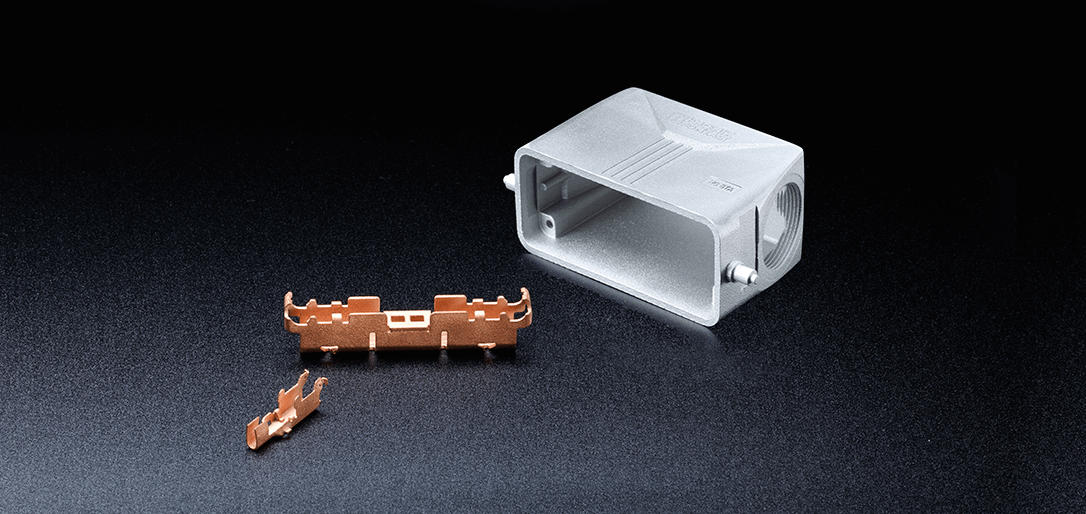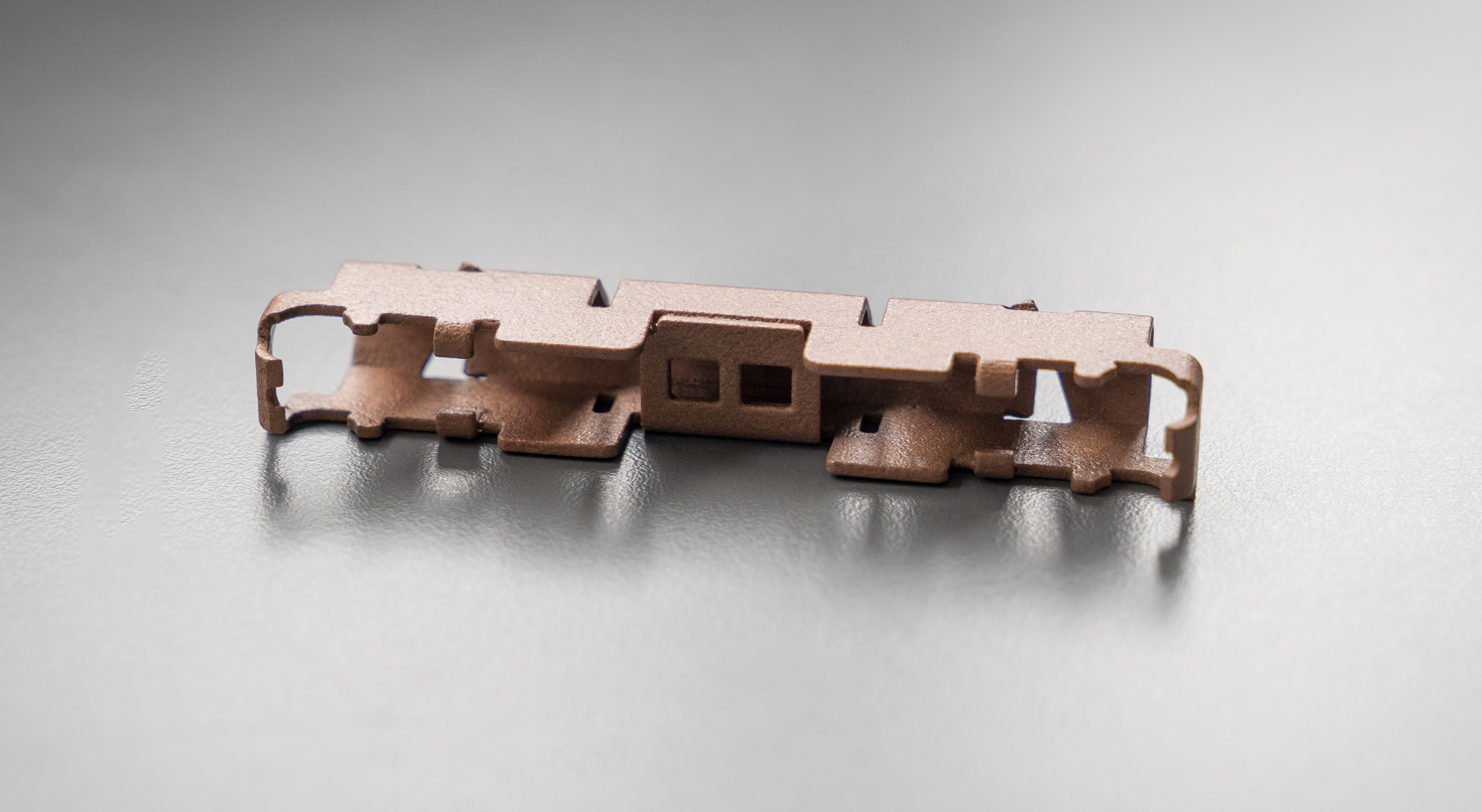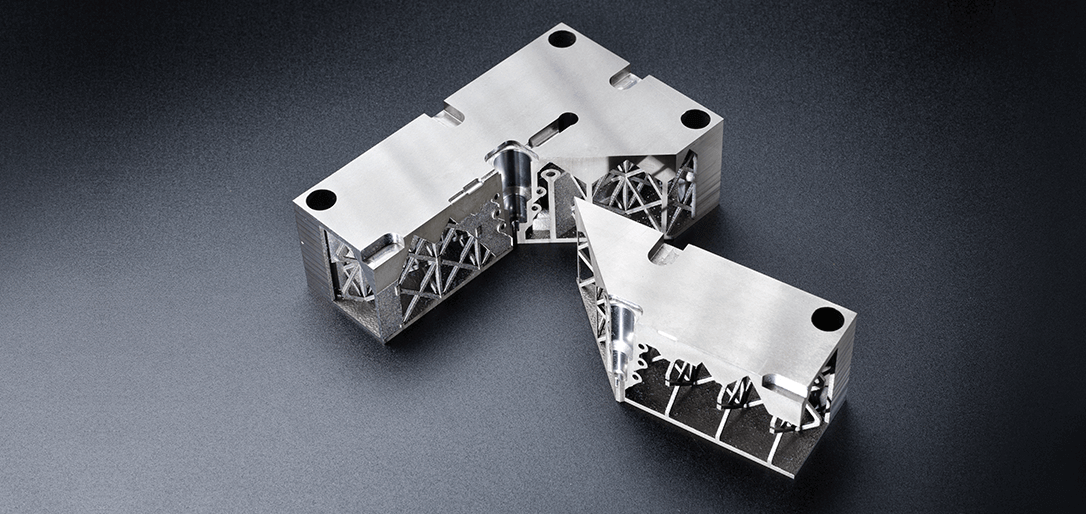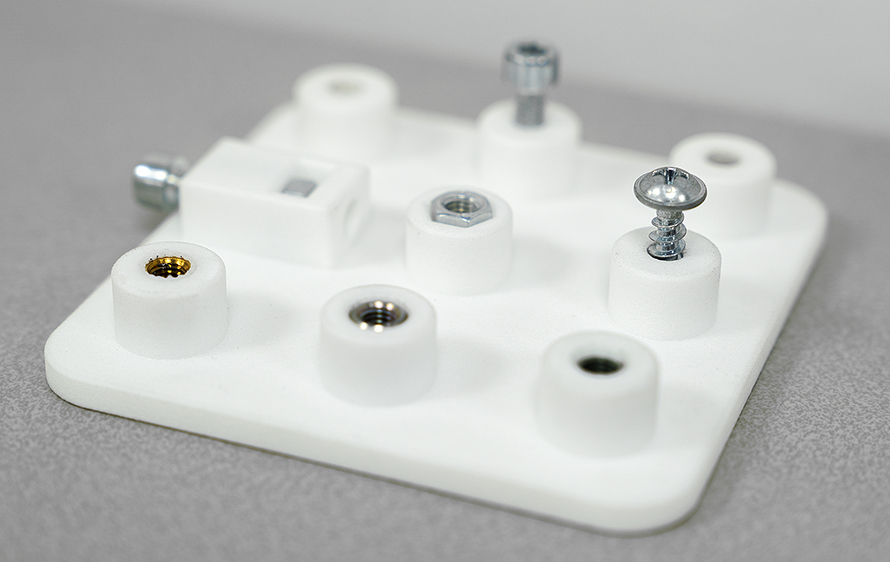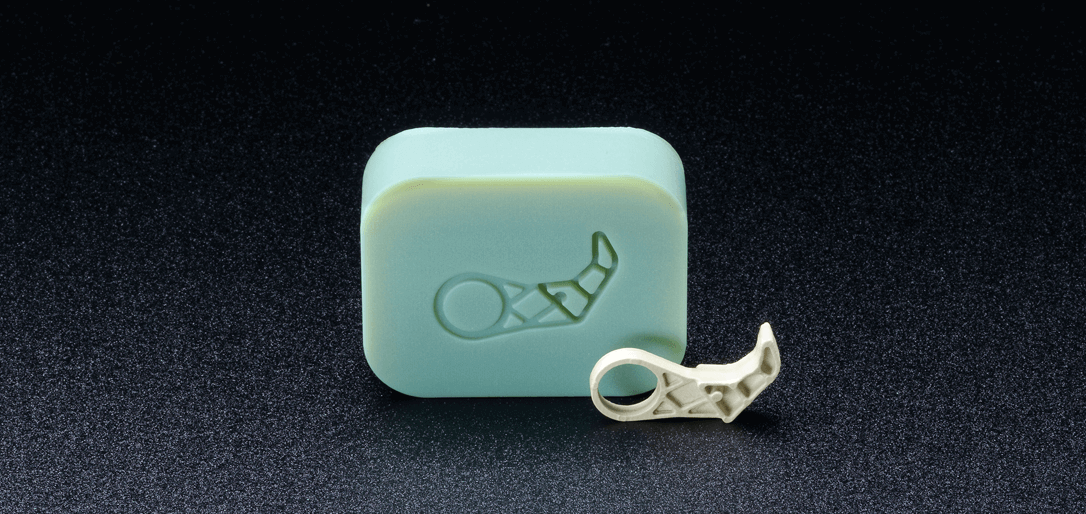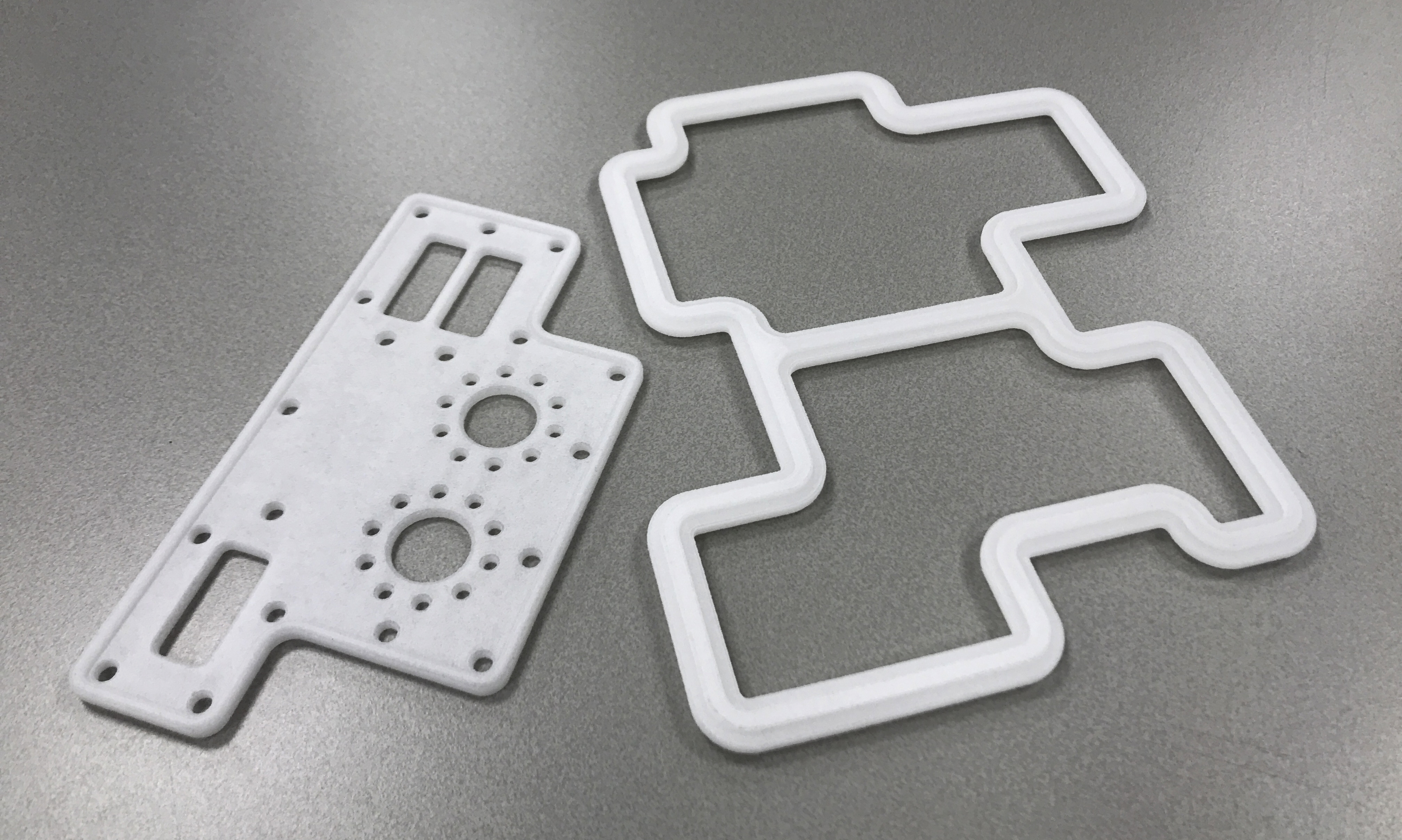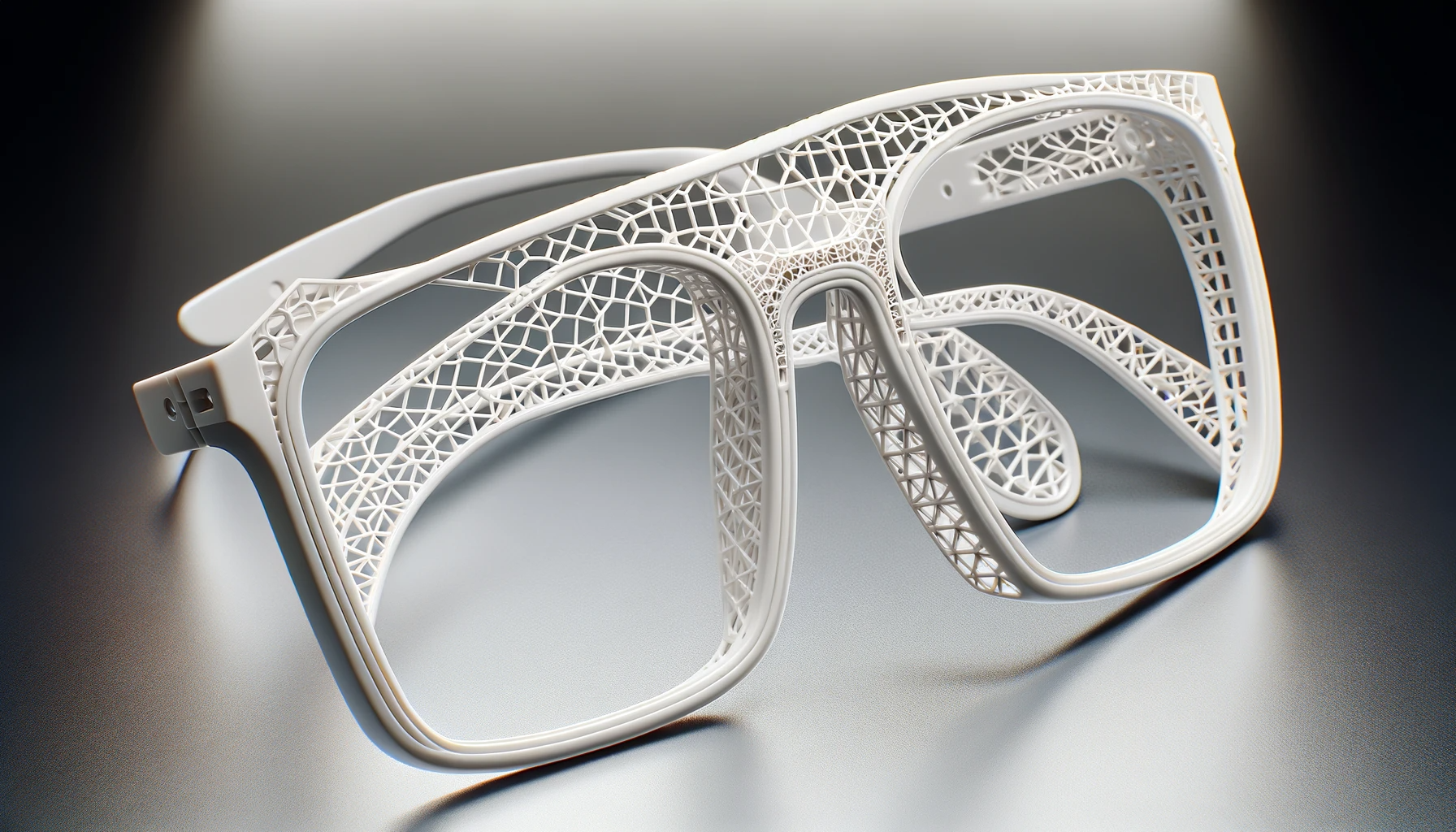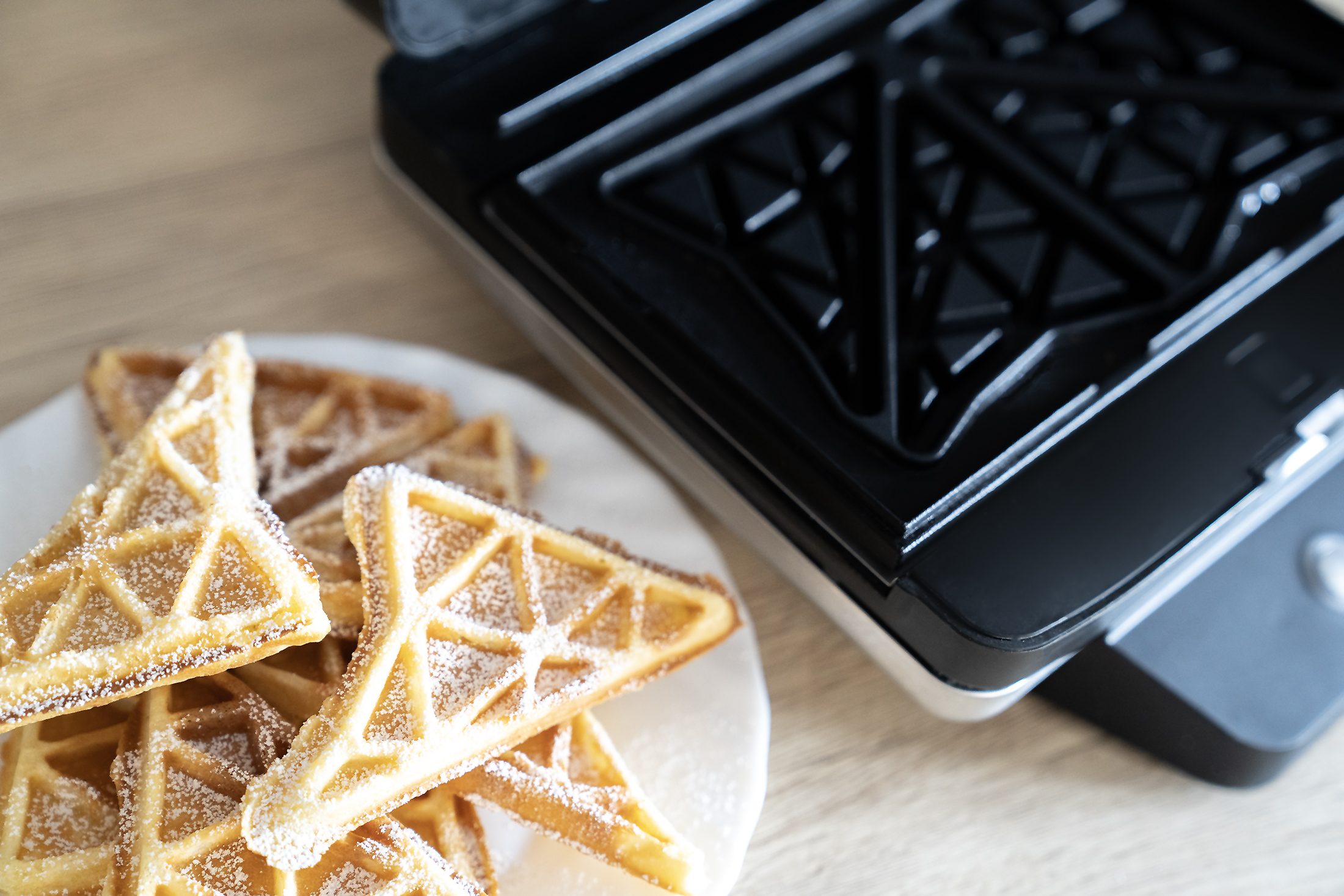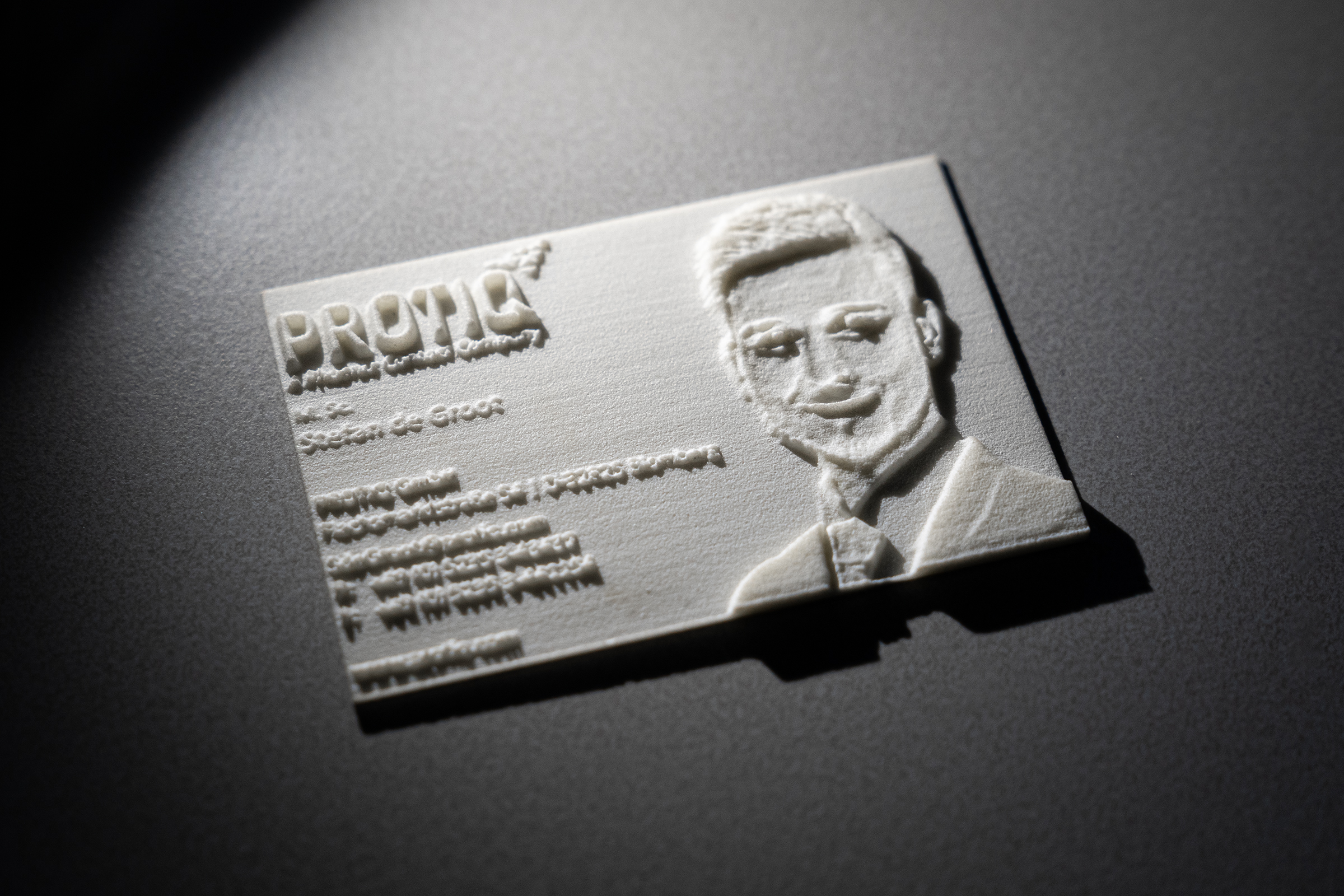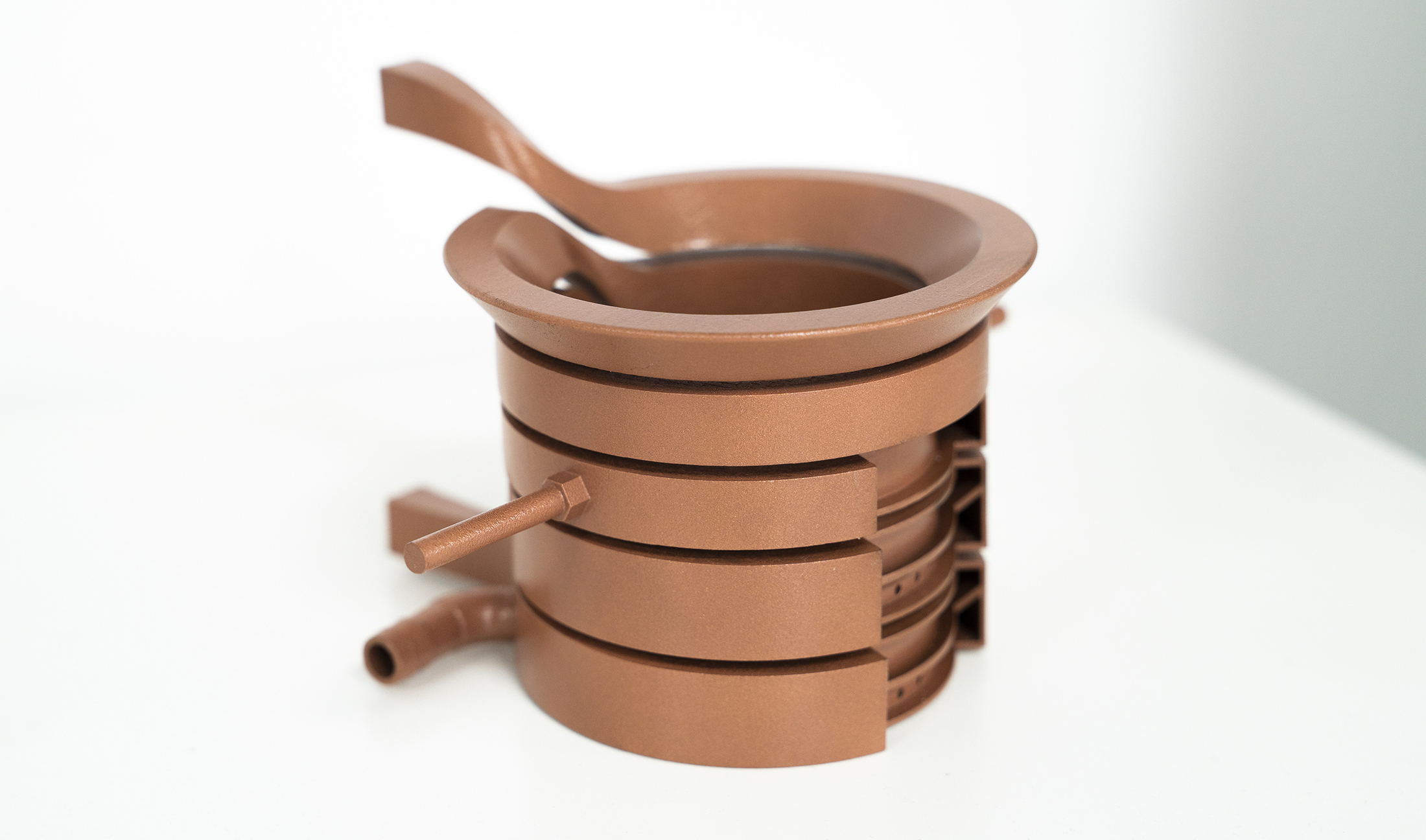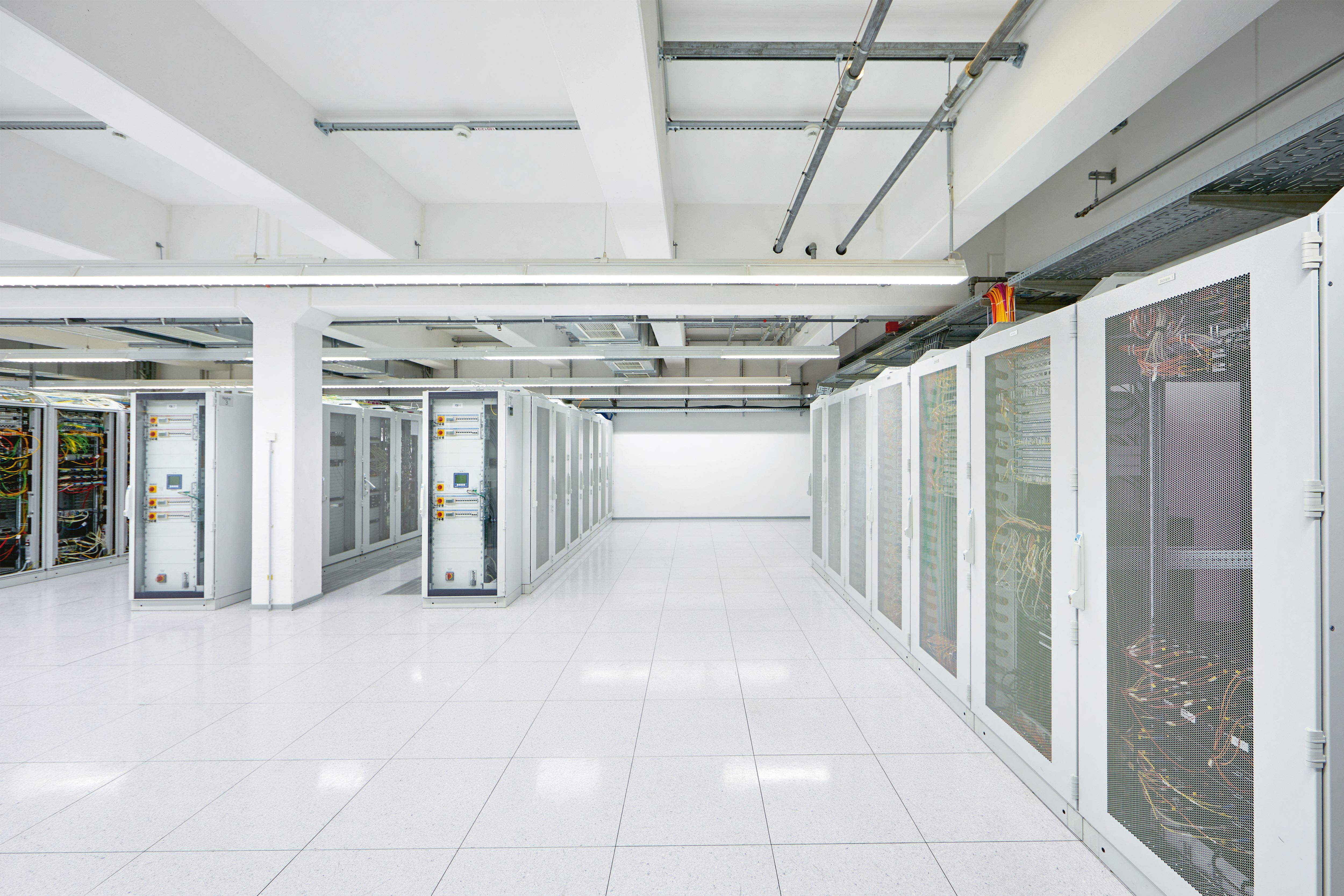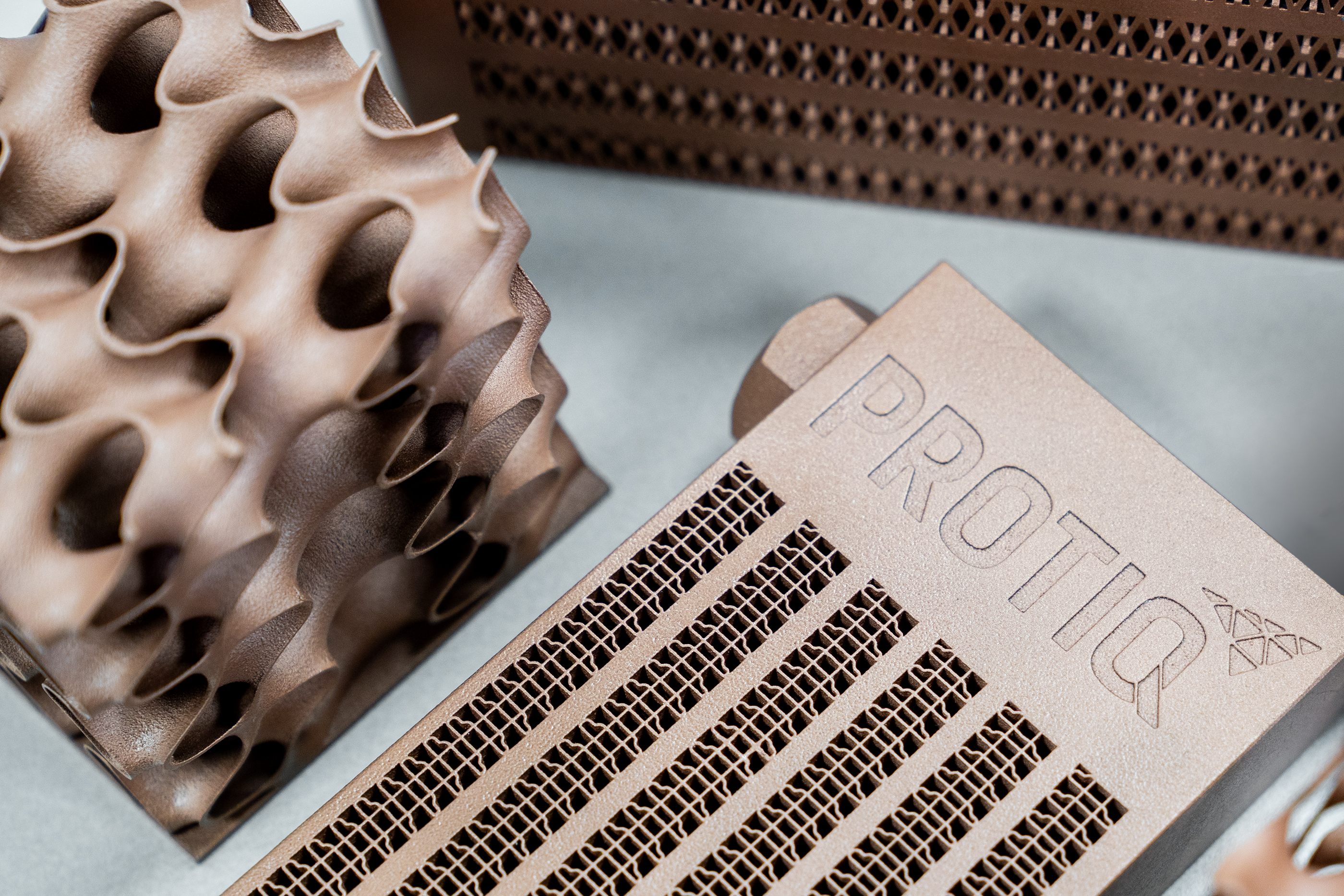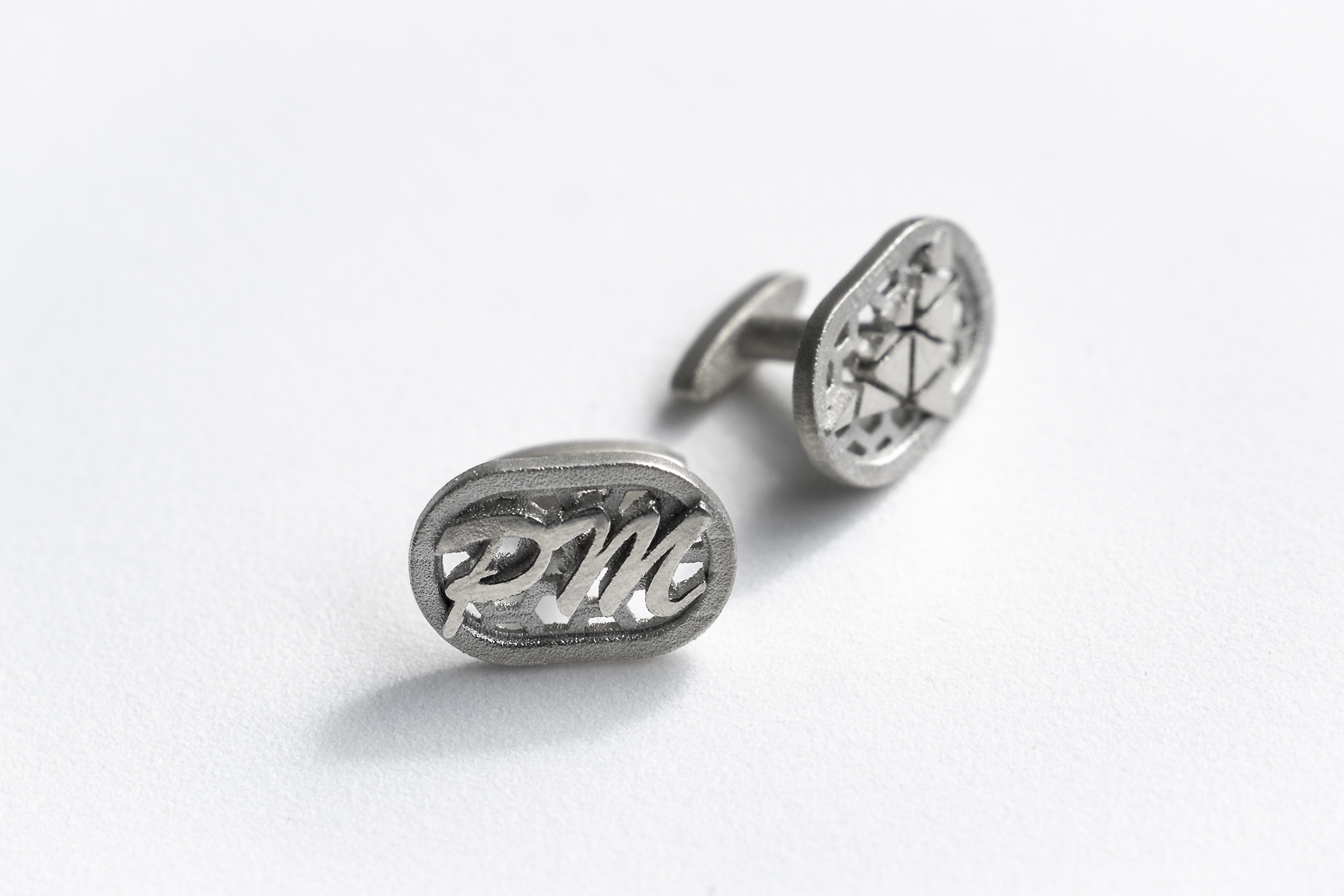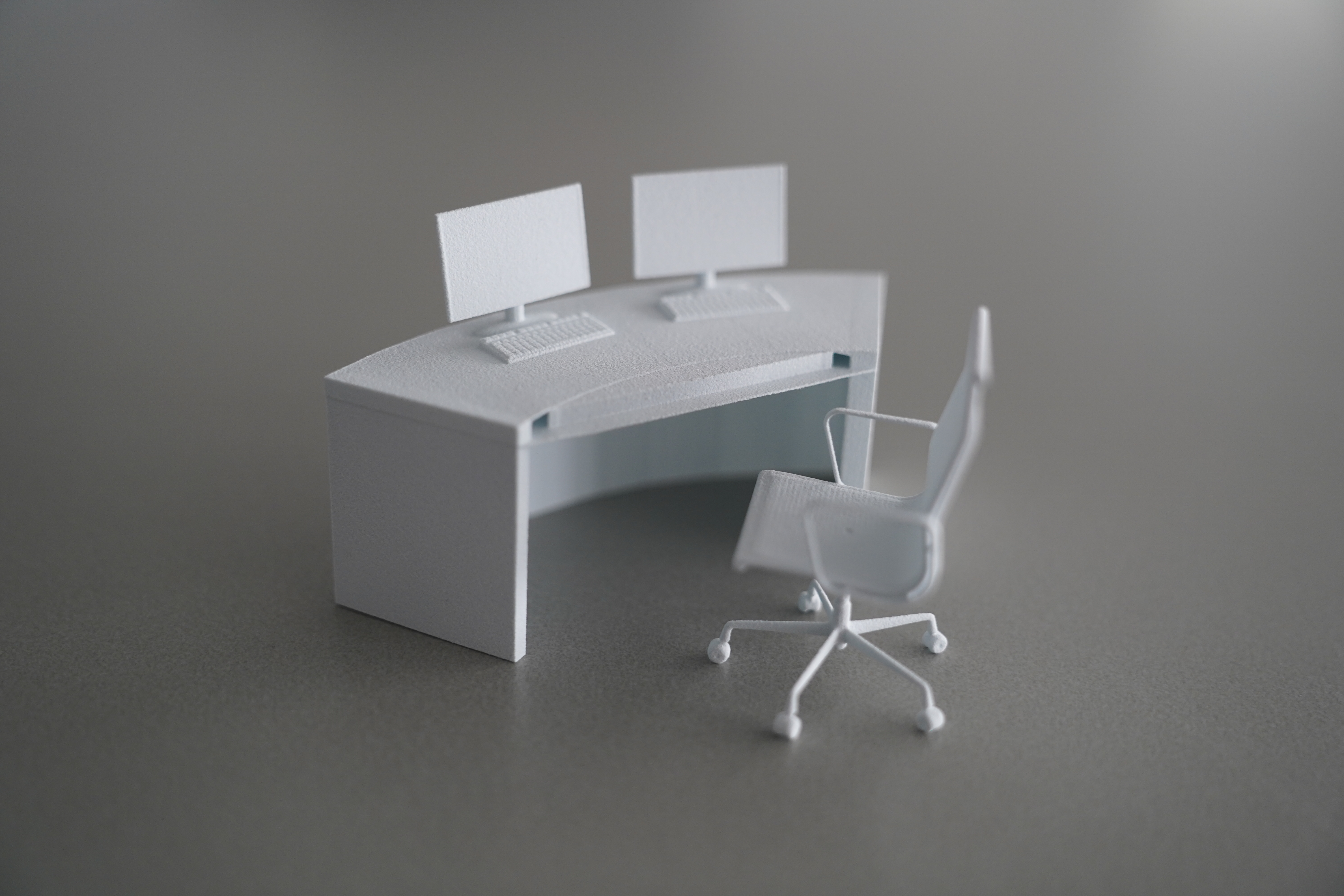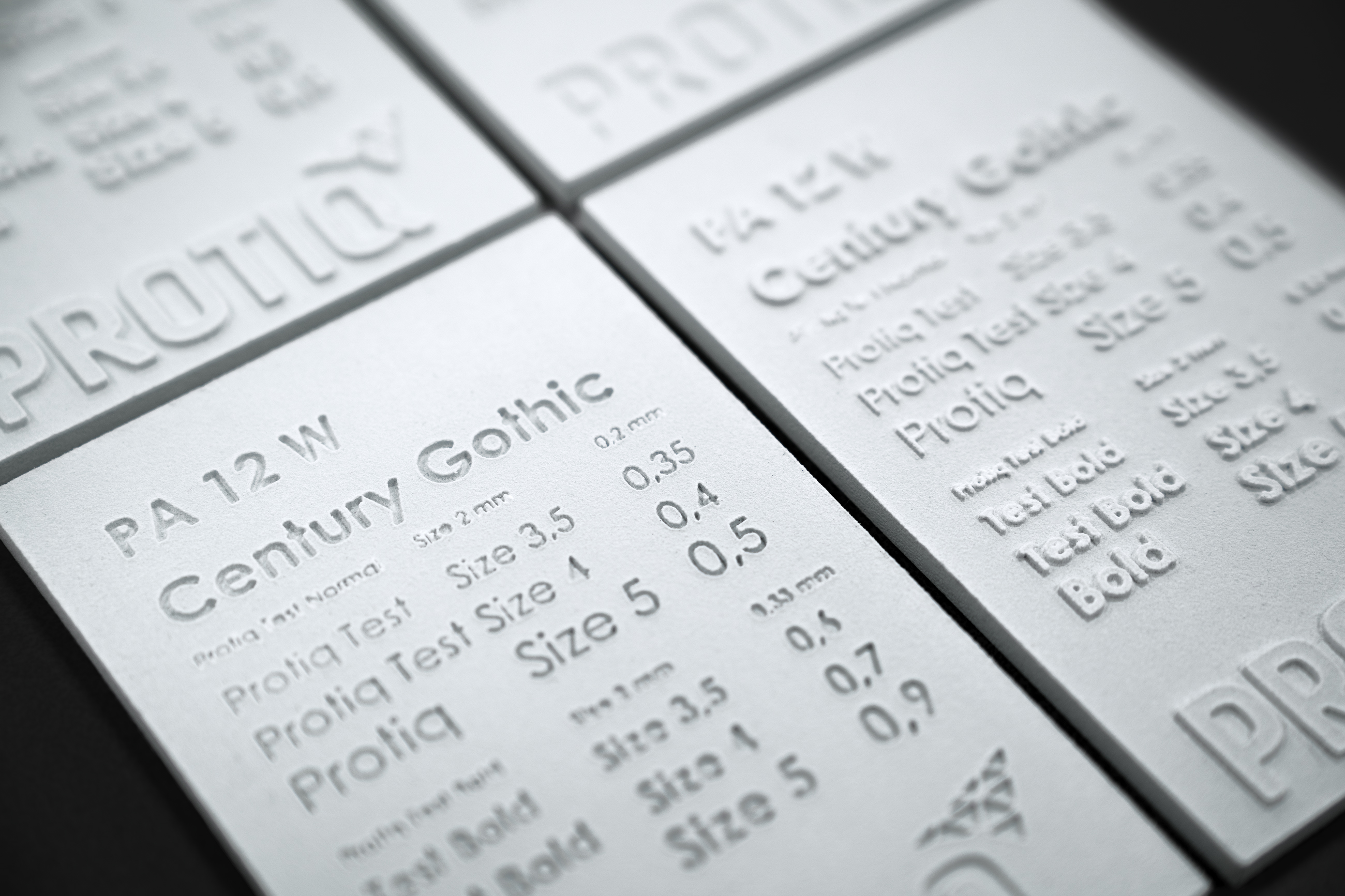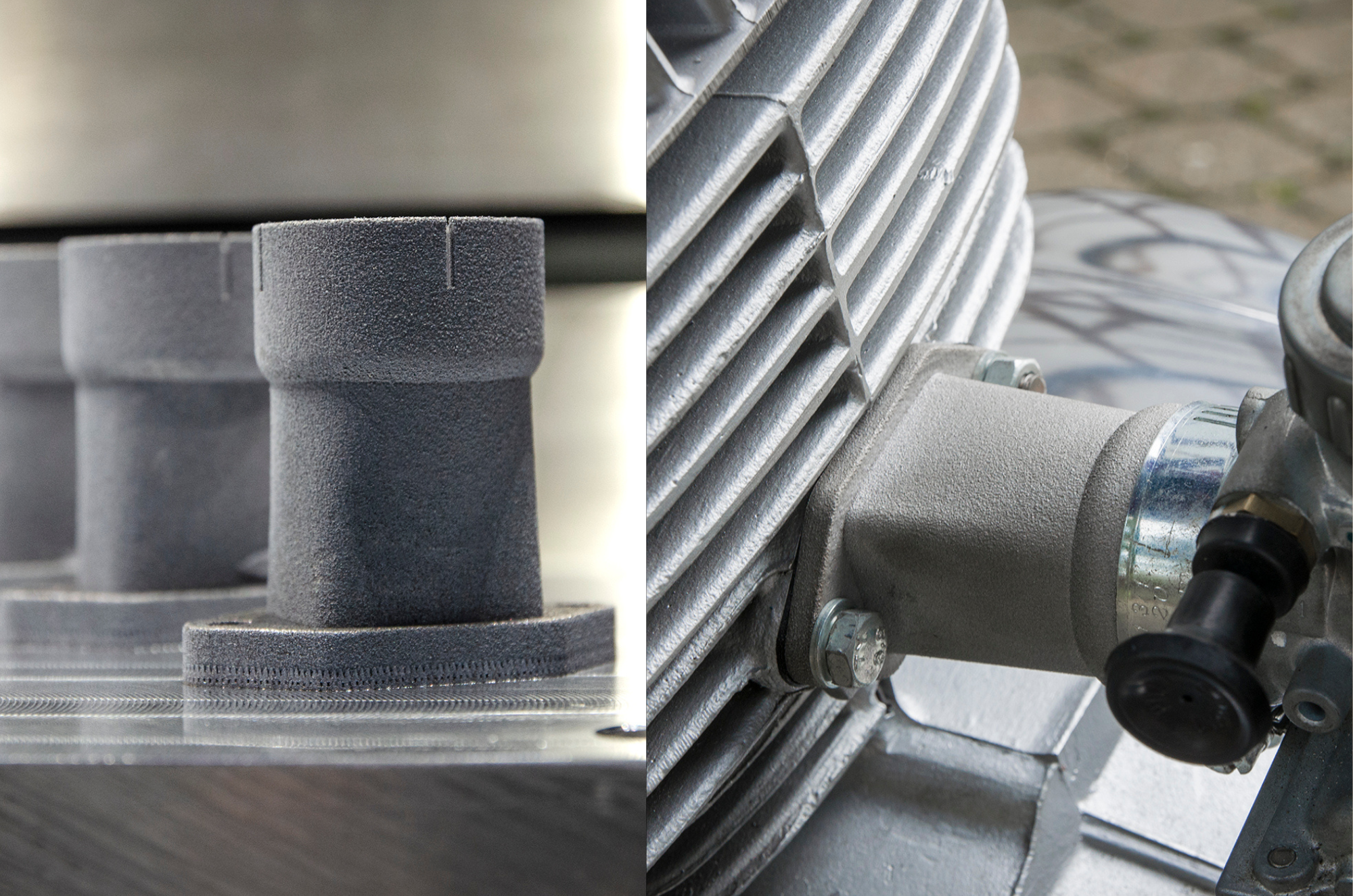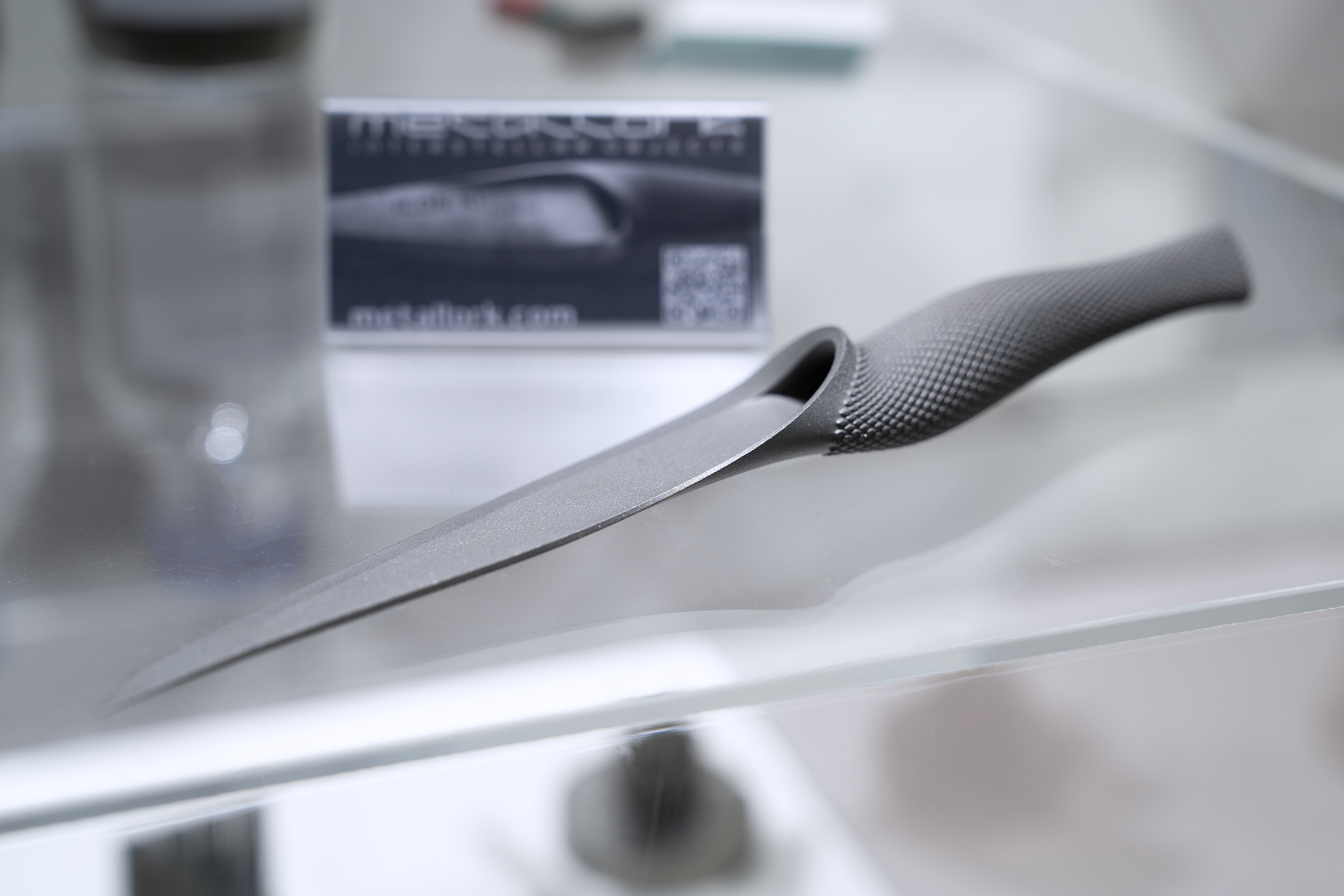Areas of application
3D printing - technology of the future
Additive manufacturing has been in a phase of rapid growth for years. Through the development of versatile new materials and the continuous optimization of the manufacturing processes, new application areas are constantly opening up for 3D printing in a wide variety of industries.Prototyping is still a key application area, especially in the industrial environment, but the production of ready-to-assemble products, for example for the automotive industry or the tool and mechanical engineering industries, is also becoming increasingly important.
Advantages of 3D printing
Innovation through design freedom
The main advantages of 3D printing become clear when compared to traditional manufacturing processes. While ablative or forming techniques such as milling, forging, welding, drilling or soldering reach their limits in the production of complex geometries, undercuts, cavities or internal structures can be easily produced with additive processes. The construction freedoms thus obtained spur cross-industry innovation.
Professional industrial 3D printing
Companies benefit from accelerated product development. The immediate production of working prototypes directly from 3D data ensures shorter development cycles, ultimately reducing the overall time-to-market.
Desired modifications in the design or in the finished product are made directly on the 3D model and implemented with little effort. That way, customer-specific requirements can be easily met.
Induction hardening
Production of customized inductors
In the production of workpieces made of metal, hardening processes increase the durability and load capacity of components. While curing in the oven or under an open flame, whole components are heated; during induction hardening, certain areas of a workpiece can be partially hardened. Where: The more precisely the inductor adapts to the form of the component, the better the process can be controlled.
The manual production of copper inducers by bending and soldering, however, allows only relatively simple shaping. At the same time, the workpieces to be hardened often have a more complex shape. In industrial 3D printing, PROTIQ manufactures custom-fit inductors for individual component forms—quickly and economically.3D printing in the automotive industry
From classics to future models
The automotive industry is undergoing a profound transformation in which e-mobility, autonomous driving and sustainability are creating new challenges, while modern manufacturing technologies such as 3D printing are opening up completely new possibilities - from the development of innovative e-cars to the production of individual components and spare parts for rare classic cars - and establishing themselves as a decisive factor for the mobility of the future.
Tool making
3D printing of injection molds after topology optimization
We use 3D printing once the topology has been optimized for structurally efficient lightweight design. The advantages are the reduction of cycle time and costs with weight reduced by up to 75%. Integrated conformal tempering can reduce cycle times and so reduce production costs.
3D printed injection mold inserts made of aluminum, copper, and steel
Benefit from the advantages of 3D printing for your series injection molding components. Conformal cooling significantly reduces cycle times during injection molding and increases the quality of the products. Steel inserts with a hardness of up to 52 HRC achieve a very long service life.Learn more >
3D printing in architecture
Individual 3D models in the shortest time
3D printing has established itself as an important technology in the architecture industry in recent years. In the past, architects had to painstakingly make models by hand, which required a lot of time and work. Today, however, 3D printing allows models to be created more quickly and accurately, enabling architects to better present their ideas and make decisions more quickly.
3D printing of architectural models can be done with different materials: including plastics, metals, ceramics and even glass. However, the most commonly used materials are plastics such as PA11 and PA12, as they are lightweight, affordable and strong. These properties make them particularly suitable for printing prototypes and concept models in this field.
3D printing in architecture
Individual 3D models in the shortest time
3D printing has established itself as an important technology in the architecture industry in recent years. In the past, architects had to painstakingly make models by hand, which required a lot of time and work. Today, however, 3D printing allows models to be created more quickly and accurately, enabling architects to better present their ideas and make decisions more quickly.
3D printing of architectural models can be done with different materials: including plastics, metals, ceramics and even glass. However, the most commonly used materials are plastics such as PA11 and PA12, as they are lightweight, affordable and strong. These properties make them particularly suitable for printing prototypes and concept models in this field.
Individual (small) series production
Multi-material components with rubber-elastic and hard areas
To produce multi-material components we combine different materials. We professionally implement complex requirements that way. You can set the level of hardness for your prototype from rubber-elastic to hard. In this way, the multi-component parts can have different properties yet still be created in one printing step. Transparent components can also be produced.
Metallic components of any kind
Objects with a high level of requirements can be produced by 3D printing with metal. Many application variations are conceivable, including spring elements, solid components, and high-conductivity copper contacts. If you are not sure whether 3D printing is suitable for your component, contact us. The PROTIQ Marketplace team will be happy to advise you personally.Learn more >
3D printed busbars
Individual busbars for every application
Additive manufacturing of power bars and busbars offers many advantages for customers, such as increased design freedom, improved performance and more flexibility. Thanks to this technology, the components can be produced within a few days without the need for elaborate tools such as punching and bending machines beforehand. The current bars are produced directly in the final form by 3D printing, which allows prototypes and one-offs to be used and tested quickly.
Prototyping
Function prototypes, samples, and serial parts made of engineering plastics
Our experienced teams create mechanically durable components made of engineering plastics that can be painted and dyed in various colors. Typical objects in this area include housing parts and devices which may even have functional elements such as film hinges and latching hooks.
Generating lightweight structures by selective laser melting
Components for the industry must meet ever more diverse demands and, if possible, become ever smaller and lighter. This results in geometrically complex structures that have honeycombs, diamonds and similar support geometries and in which, for example, media channels are introduced for functional integration. Thanks to our many years of experience, we know the technical requirements of such components and create them directly from the CAM system.Learn more >
3D printed threaded connections
The right thread for every application
Screws are a widely used method of connecting components. They are easily accessible and allow components to be separated without damage. With additive manufacturing, there is the possibility of creating threads directly in the printing process if the most important points are observed.
In addition to the solutions of a classically cut and directly 3D printed thread, there are also some alternatives that we have compared for you.
Master models
High-precision plastic prototypes and master models for casting processes
The stereolithography process or PolyJet/MultiJet modeling results in sophisticated and detailed prototypes and master models for subsequent casting processes. All objects can be painted in the desired color. Transparent components for lenses, optical fibers etc., are also possible.
3D printed plastic injection mold inserts
We produce 3D printed mold inserts for your tools, which can be injection molded. That way, you can start producing your series products in no time. We are happy to advise you regarding the feasibility of your project.More about injection molding >
3D printed seals
3D-printed rubber seals made from TPU and silicone-like material
3D printing can be used to produce rubber seals, which represent an effective alternative to the usual seals produced by injection moulding. The additive manufacturing of rubber seals made of silicone-like materials or TPU offers advantages such as a fast production time, a high degree of customisability and adaptability, as well as great design freedom in the design phase.
3D printed eyewear
Individual and creative glasses frames overnight
3D printing can be used to produce eyeglass frames that are not only light and robust, but also allow for an enormous variety of shapes and designs. The technology allows the glasses to be individually adjusted so that they are tailored precisely to the wearer's personal requirements and preferences. This creates glasses that are both functional, comfortable and beautiful.
3D printing for gastronomy
Customized tools for food and beverages
Additive manufacturing opens up exciting prospects for the production of customizable kitchen and catering appliances. This technology makes it possible to produce customized products such as personalized waffle irons, branding irons with your own logo or individual cookie cutters precisely and cost-effectively. By using additive manufacturing, specific customer requests and creative designs can be realized. This not only offers a high degree of flexibility in design, but also rapid adaptation to individual requirements. The advantages of this technology include short production times and the ability to realize complex geometries that would be difficult to implement using traditional manufacturing methods.
3D printed lithophanes
Three-dimensional images made of plastic
A lithophane is a three-dimensional relief representation of an image that becomes visible when backlit. The varying thickness of the material creates light and dark areas that create a special visual effect when light falls on them. In this way, images can be creatively displayed in relief.
In the past, the production of lithophanes was a laborious manual process that required a great deal of skill. Nowadays, this process can be simplified considerably through the use of 3D printing.
3D printed trade fair exhibits
Individual exhibits for the trade fair presentation
3D printing has revolutionized the creation of trade fair exhibits. With this technology, companies can produce detailed, high-quality models in the shortest possible time. This makes it possible to present products and prototypes in an impressive way and to illustrate complex details clearly. This makes your trade fair presentation a real eye-catcher and attracts the attention of visitors.
3D printing for data centers
Additive manufacturing drives innovation
3D printing is fundamentally changing the architecture and construction of data centers. With customized components, it enables more efficient cooling and faster availability, especially in view of the boom in hyperscale data centers.
Additively manufactured heat exchangers
Maximum efficiency - minimum weight.
Additive manufacturing offers new possibilities in the production of heat exchangers, especially where conventional production processes reach their geometric or production technology limits. The layered structure makes it possible to create complex cooling channels, organic structures and compact designs that enable optimized heat transfer.
3D-printed jewelry
From the idea to the unique piece3D printing has fundamentally changed the world of jewelry in recent years. Instead of relying exclusively on traditional methods such as casting, forging or engraving, additive manufacturing enables a completely new approach. From a digital design, a piece of jewelry is created layer by layer that can be shaped and refined almost indefinitely.
3D printing for model making
Tailor-made components for every project
3D printing is revolutionizing model making by enabling model makers to create detailed and customized models with unprecedented precision and speed. The introduction of 3D printing has fundamentally changed the way models are designed and produced, leading to new creative possibilities and more efficient production processes. The use of 3D printing technologies in model making opens up the possibility for hobbyists and professionals alike to realize complex structures and designs that would be difficult to implement using traditional methods.
Textures for realistic surface optics
Creative possibilities for surface structuring in 3D printing
Surface textures on 3D printed components are patterns that improve aesthetics and functionality. They can range from smooth to complex structures and offer benefits such as improved grip or reduced glare. Modern processes such as Multi Jet Fusion enable the precise integration of these textures directly in the printing process, which reduces the need for post-processing and opens up new design options.
3D-printed spare parts
If original parts are missing, PROTIQ supplies the solution
Repairing technical devices, machines or vehicles often fails due to missing or expensive spare parts – especially for older models. Additive manufacturing (3D printing) offers an innovative solution: spare parts can be produced directly from digital data, independent of series production or stock availability.
3D-printed knives
Sturdy and durable knives made to measure
3D printing makes it possible to produce knives in a completely new way. Instead of forging the blade from a piece of metal, they can now be printed directly from digital 3D models. This opens up many possibilities for the design and function of knives.
Note: AI-generated images are used on this page.



 Deutsch
Deutsch English
English Italiano
Italiano
